A Fantasy Collaboration: When Colours Return Home to Light by Cassie Machado
How can photography of the present, of fake news, misinformation and the era of “post-truth” engage with the colonial history of the late nineteenth and early twentieth centuries, when the camera first arrived in South Asia? Sri Lankan-British photographer Cassie Machado attempts to answer these questions with a fantasy collaboration with Sri Lankan modernist pioneer Lionel Wendt (1900–44). Her new series, When Colours Return Home to Light (2024), comes to us at a time when there is renewed interest in Wendt. The pathbreaking photographer is now seen as an experimental master and not merely as a documenter who worked with lens-based methods to create a practice of mostly male nude figures against the natural beauty of Sri Lanka (formerly referred to as Ceylon).
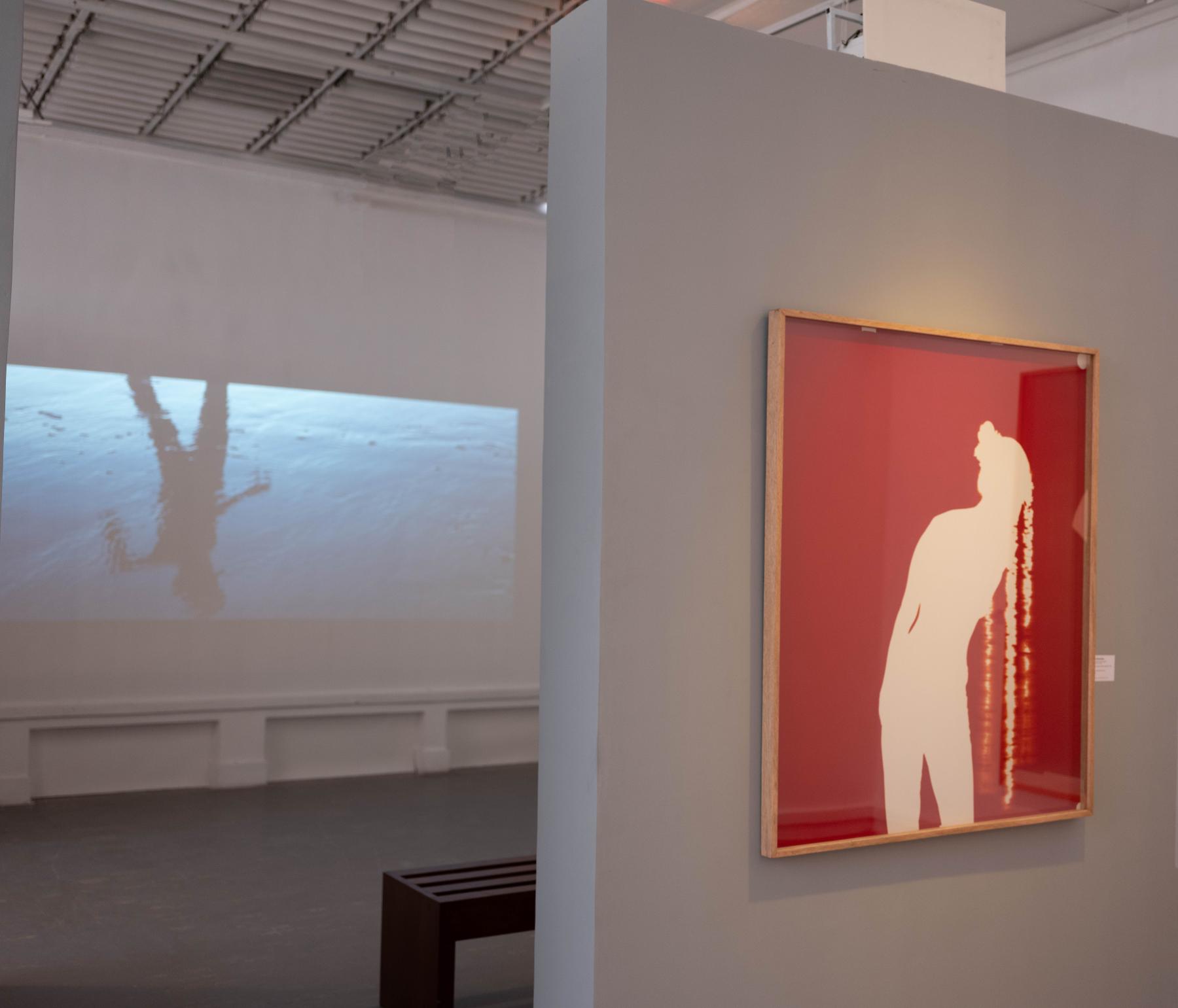
In 2019, the Museum of Modern and Contemporary Art (MMCA), Sri Lanka, opened with its first show, one hundred thousand small tales, curated by Sharmini Pereira. Machado’s series of photographs, titled 9.3120° N, 80.7866° E (2011–16), were displayed on one side of the wall, while a set of photographs from the 1930s by Wendt’s contemporary, W.J.G. Beling (1907–92) were on the other side of the wall in the next gallery. Beling’s set includes a portrait of Wendt next to an experimental photograph that uses double exposure with the portrait of Ethel Swan, Beling’s aunt. At first glance, one cannot detect where Wendt’s face begins and Swan’s face ends. Wendt died in 1944, four years before Sri Lanka became an independent nation. Beling lived five decades longer than Wendt and continued the pioneer’s example of experimentation with the lens, much like his peers from the famed ’43 Group, one of the first modernist artist collectives from Sri Lanka.
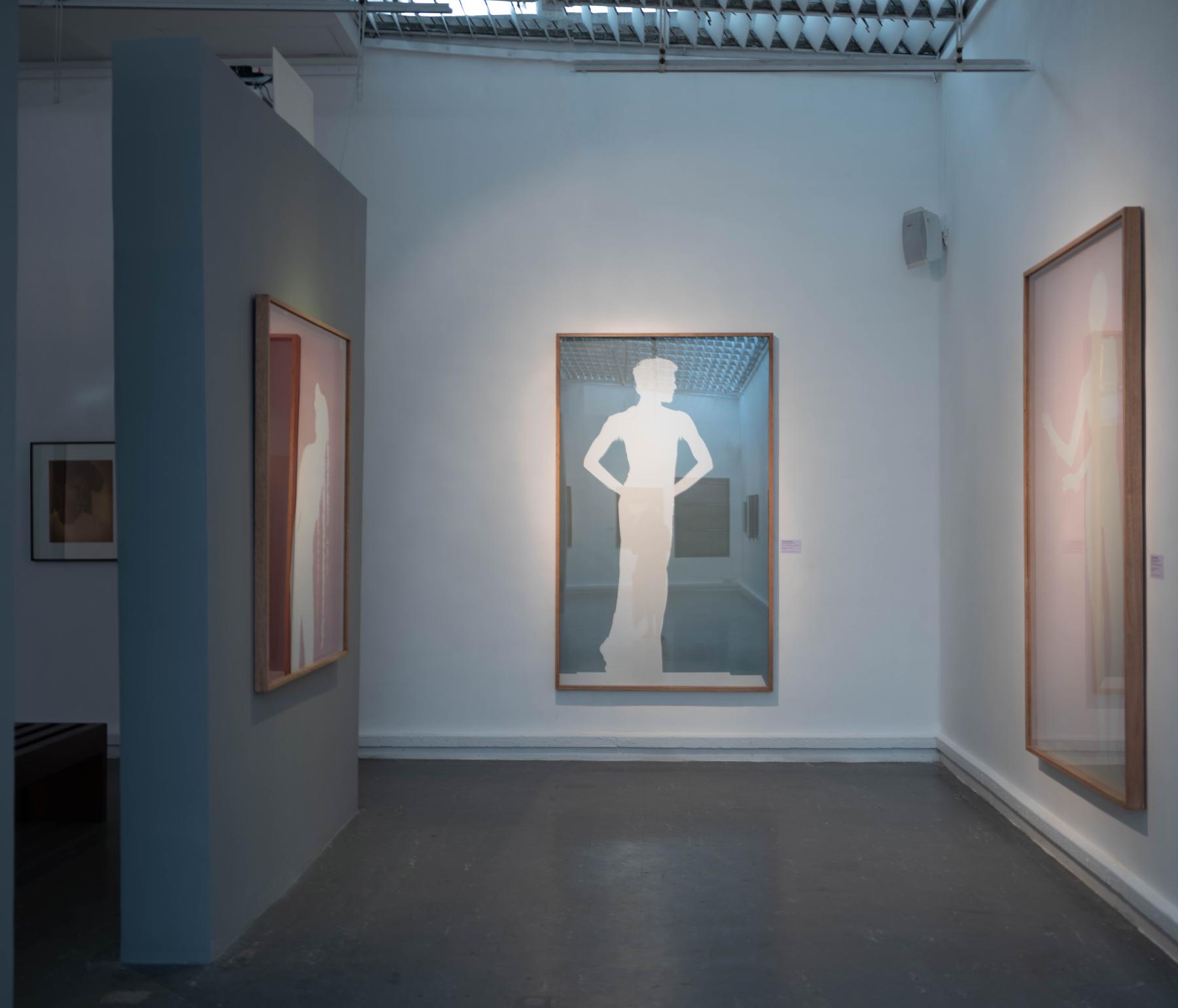
During the Covid-19 pandemic and the Black Lives Matter movement in early 2020, Machado embarked on her own endeavour of engaging with Wendt and Beling’s experiments with double exposure. The artist attempts a creative deliberation—and almost a meditation—about othering or "doubling" as referred to by Frantz Fanon. Fanon speaks of the violent history of the double, when the White gaze determined the identity of the colonised. Photographers such as Julia Margaret Cameron (1815–79), who documented Ceylon during the height of British colonisation, resorted to an "othering" of labourers and household workers through her photography. Wendt enters this artistic sphere decades later with a lens of critique. How can one build on Wendt’s ideologies and practices by adding more nuance through content as well as material and technical change? These are questions that Machado wants to consider through When Colours Return Home to Light over the next few years. In a conversation with the author, Machado elaborated, “Every time I took a photo, I thought I was taking a double, because the act of looking could make the subject feel distanced and othered.”
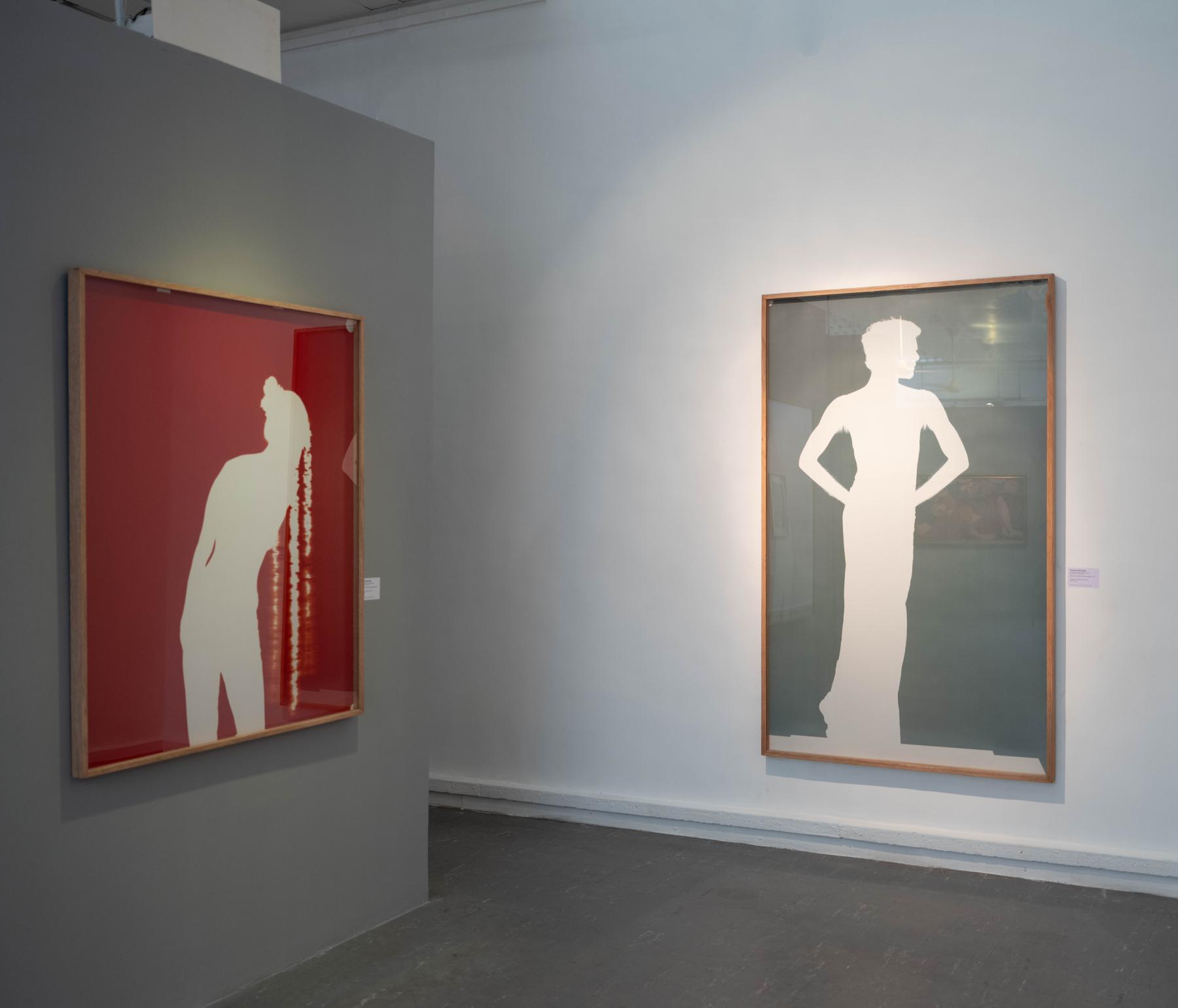
The first phase of her series comprises three photograms, a technique Wendt often used for his own experiments as a “surrealist, transnational Sri Lankan modernist,” as Machado reads his work, an interpretation that many concur with. The photographic process does not require a camera and plays with light to document light-sensitive objects; an artistic act of letting light in. Machado’s photograms capture light-sensitive human figures, one of Wendt’s favourite subjects. Against vivid backgrounds of red, pink and grey lie almost life-sized figures frozen in time, often in the midst of movement. Machado explains her practice of making photograms of humans as a daring process that encourages her to experiment without a camera in sight. As the control of the click and shutter is gone, colour is carefully chosen, spreading a light of emotion around the body that is captured. The background, reminiscent of the vermillion of a red pottu dripping from their forehead, imbues the image with humanity, femininity and vulnerability. It takes inspiration from the pottu, as it was often present in Wendt’s photographs of Ceylonese rituals. A male figure, possibly wearing a sarong—much like the men in Wendt’s photographs of Ceylon—is carved out of grey, depicting characteristics of authority and heightened presence with his hands on his hips.
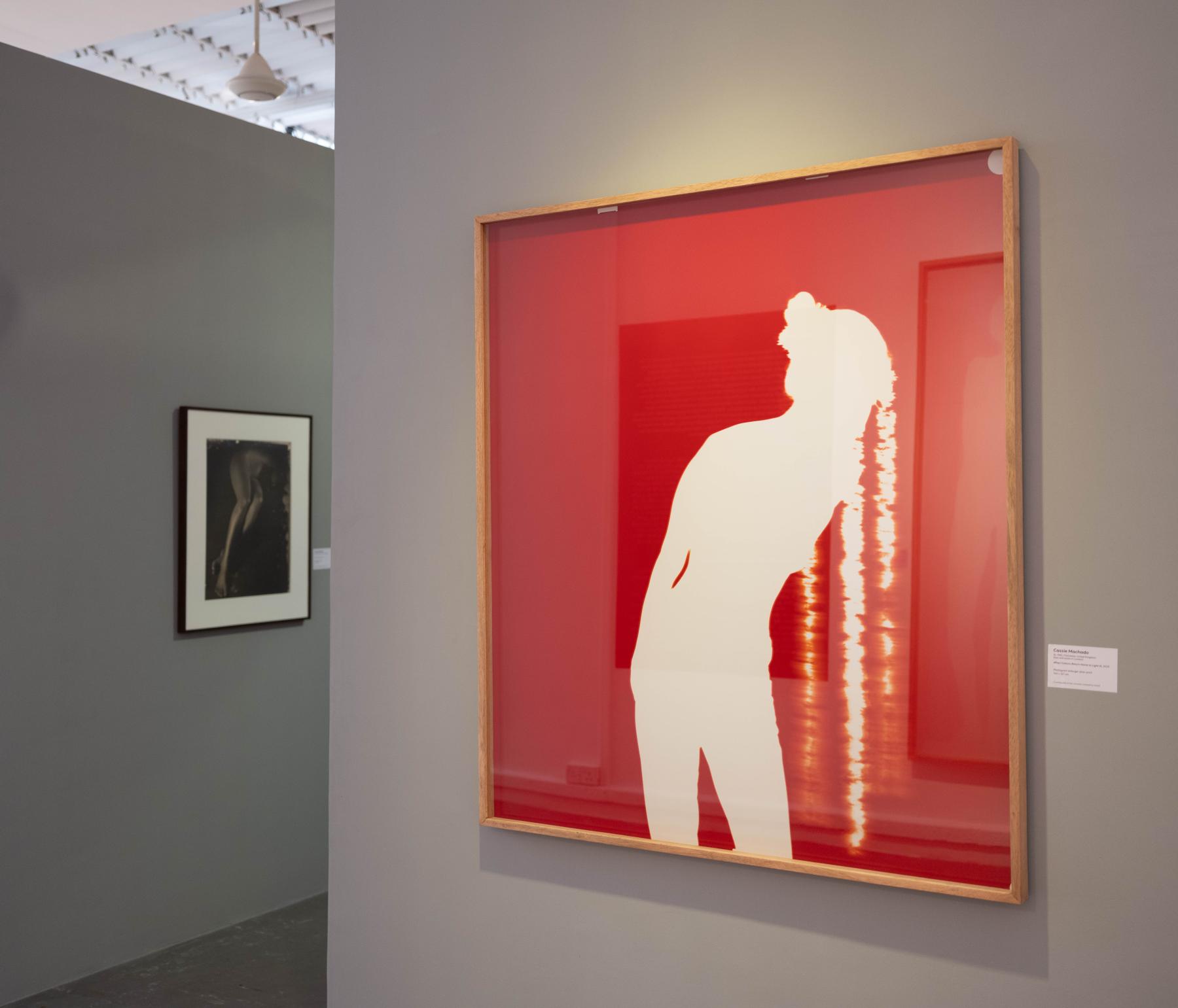
The planned and accidentally magical reveal not just the physical but also the emotional contours of the subjects, making one wonder whether there are layers of “authenticity” missing in the records of human life captured by the weaponised camera in colonial times. These photograms are just the beginning of a more focused line of inquiry by Machado in her fantasy collaboration. The series also raises larger questions around postcolonial belonging, identity, and the claim for ideological space and positioning. Homi K. Bhabha, highlighting the concept of “third space” talks about how one’s identity, particularly in a postcolonial world, is a hybrid, perhaps even convoluted, sense of belonging. How can we, like Machado, look back at colonialism, during and after which “community” is/was evidently created from multiple merged cultures, societies, and histories?
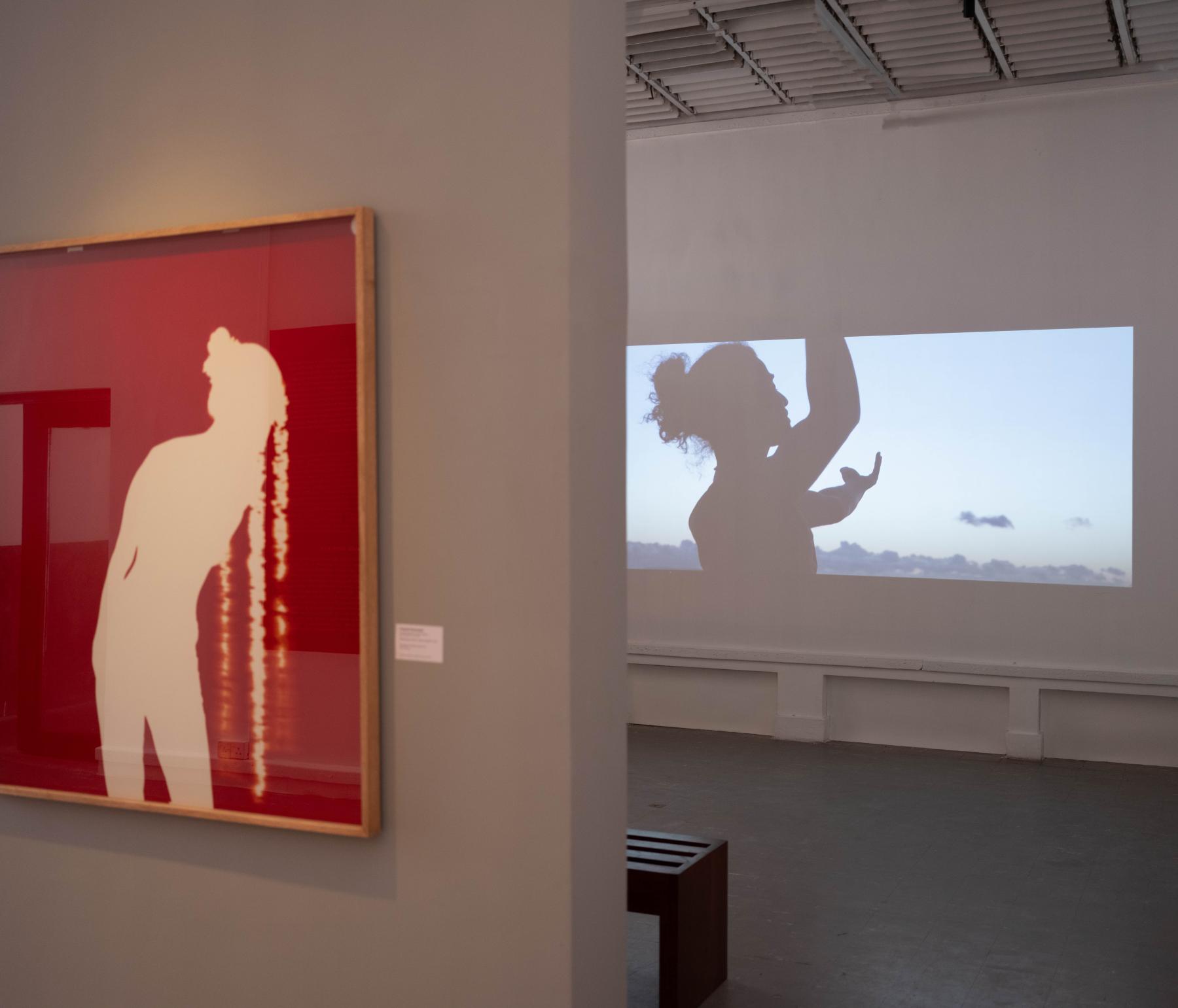
To learn more about Lionel Wendt, revisit Anisha Baid’s curated albums from the artist’s oeuvre, which feature portraits and surrealistic imagery. Also read Hitanshi Chopra’s essay on the early history of photographic societies in Sri Lanka.
All images from When Colours Return Home to Light (2024) by Cassie Machado. Images courtesy of the artist and KALA South Asia.




